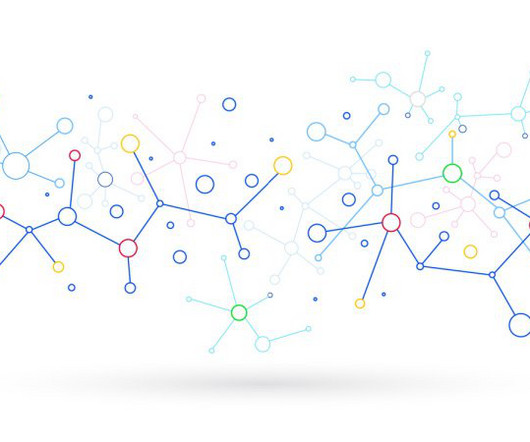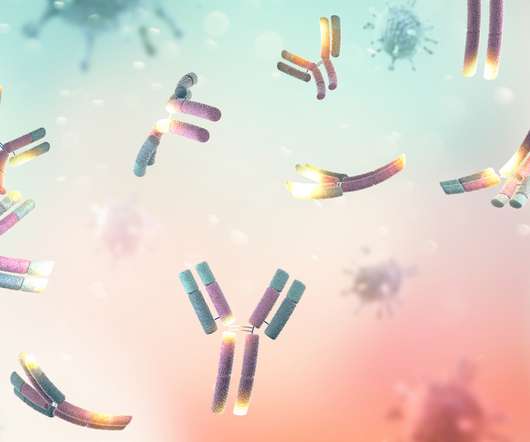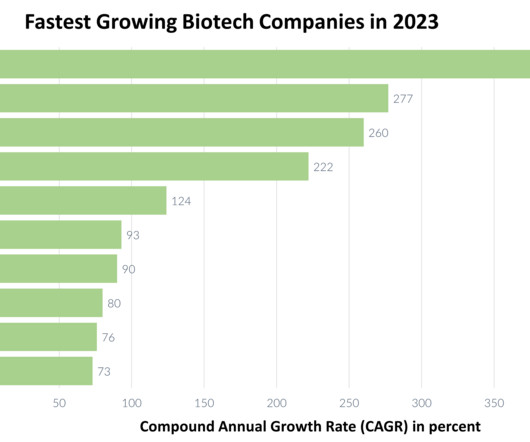Open science, genomics, and the quiet revolution in our approach to pharma
Drug Discovery World
JULY 19, 2023
Evan Floden , CEO of Seqera Labs examines how data sharing platforms are impacting cancer and genomics research. Increasingly, major collaborative life sciences projects, like the Human Genome Project or Human Cell Atlas, are driving advancements and organisations – both public and private – are taking note.













Let's personalize your content